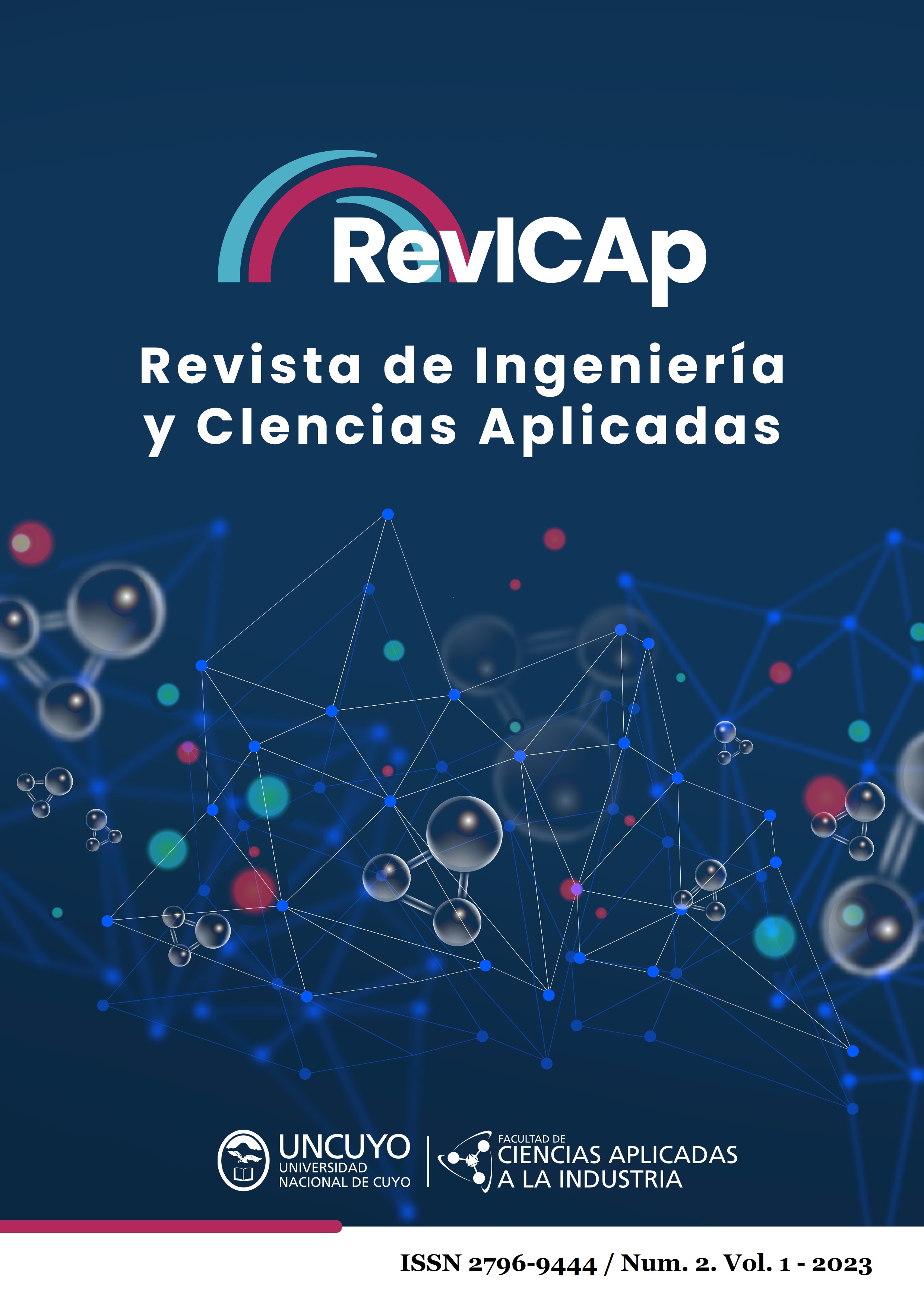Obtención y caracterización de un sistema de liberación de Sr+2 a partir de entrecruzamiento iónico de alginato
Resumen
El hueso es un órgano con funciones críticas para la fisiología humana, ya que no solo se encarga de la protección y soporte de otros tejidos, sino que también interviene en la homeostasis mineral, regula el pH sanguíneo y aloja a múltiples células progenitoras. El tejido óseo posee la capacidad única de poder repararse a sí mismo sin dejar cicatrices, no obstante, bajo algunas situaciones, tales como: grandes fracturas óseas, enfermedades como tumores o situaciones metabólicas, esta capacidad se ve limitada por lo que se requiere la anteversión médica para el tratamiento del daño óseo. Los procedimientos para este tipo de lesiones tienen un impacto clínico y económico enorme. Por ello, en el presente trabajo se aborda dicha problemática mediante la ingeniería de tejido óseo la cual utiliza distintos materiales que puedan servir de relleno del daño óseo para guiar su reparación. Un posible material podría ser a base de alginato ya que posee propiedades acordes para la aplicación buscada: buena biocompatible, baja toxicidad y económicamente accesible, aunque presenta buena solubilidad en agua. A partir de la incorporación de iones Ca+2 y Sr+2 a soluciones de alginato de sodio se logró un material entrecruzado, con mayor estabilidad en medios acuosos, como sistema de liberación de Sr+2. La importancia de este catión se debe a que se ha demostrado su efecto anabólico sobre el hueso. Se analizó la concentración de los iones empleados como entrecruzante y los tiempos de gelación sobre la liberación de estroncio. Dichos sistemas fueron caracterizados por ensayos de hinchamiento y degradación encontrándose que el porcentaje del ion liberado depende del tiempo de gelación de las muestras, ya que al cabo de 6 días se cuantificó en el medio un 28,5 %, 24,8 % y 17,1 % de Sr+2 para 1, 12 y 24 h de gelación, respectivamente.
Descargas
Publicado
Número
Sección
Licencia
Derechos de autor 2023 María Luz Torres, Juan Manuel Fernandez, Tamara Oberti

Esta obra está bajo una licencia internacional Creative Commons Atribución-NoComercial-SinDerivadas 4.0.
- Los autores/as conservarán sus derechos de autor y garantizarán a la revista el derecho a la publicación de su obra, el cual estará simultáneamente sujeto a la licencia:

Revista de Ingeniería y Ciencias Aplicadas está distribuida bajo una Licencia Creative Commons Atribución-NoComercial-CompartirIgual 2.5 Argentina.
No se permite un uso comercial de la obra original ni de las posibles obras derivadas, la distribución de las cuales se debe hacer con una licencia igual a la que regula la obra original. Esta licencia no es una licencia libre. - Los autores/as podrán adoptar otros acuerdos de licencia no exclusiva de distribución de la versión de la obra publicada (p. ej.: depositarla en un archivo digital institucional o publicarla en un volumen monográfico), siempre que se indique la publicación inicial en esta revista.
- Se permite y recomienda a los autores/as difundir su obra a través de Internet (p. ej.: en archivos digitales institucionales o en su página web) antes y durante el proceso de envío.


